April 19th, 2018 by
 Diego Riitano
Diego Riitano

OmiseGO is one of many ERC20 coins, which can be confusing to purchase and store. There are many ways to buy OmiseGO, including with credit card, Paypal, and with Bitcoin.
Luckily, this we’ve got you covered on buying OmiseGO coins.
In this guide, you will learn about OmiseGO, and how to buy and store it.
How to Buy OmiseGO with USD
You cannot directly purchase OmiseGO with USD. In order to buy, you must first purchase another cryptocurrency with USD, then trade it for OmiseGO.
Before Buying OmiseGO: Purchase Bitcoin or Ethereum
Before buying OmiseGO, you have to buy Bitcoin or Ethereum first. To learn how to buy Bitcoin, follow our guide.
Step 1: Send to an Exchange
After buying Bitcoin, you need to send it to an exchange that trades OmiseGO. In this guide, we will be using Binance, which is one of the best places to buy OmiseGO.
After signing into Binance, look in the upper-right corner, hover over the Funds tab, then select Balances.
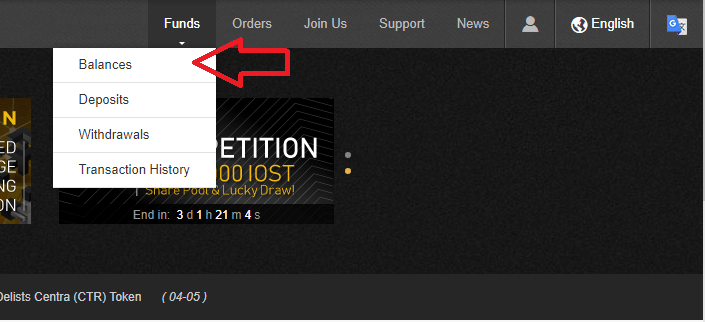
Scroll down to Bitcoin, then click deposit.

Copy your Bitcoin deposit address. Be sure to use your own address, and not the one shown in the picture.
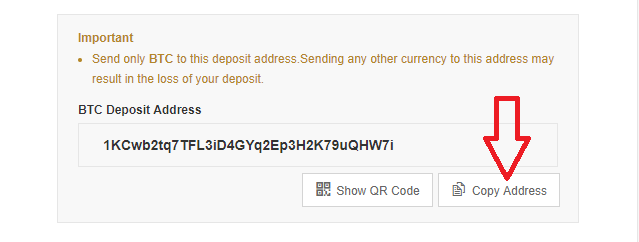
Sign into Coinbase, then select the accounts tab.
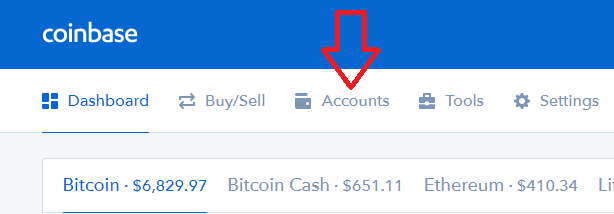
Under your Bitcoin wallet, select the send button.
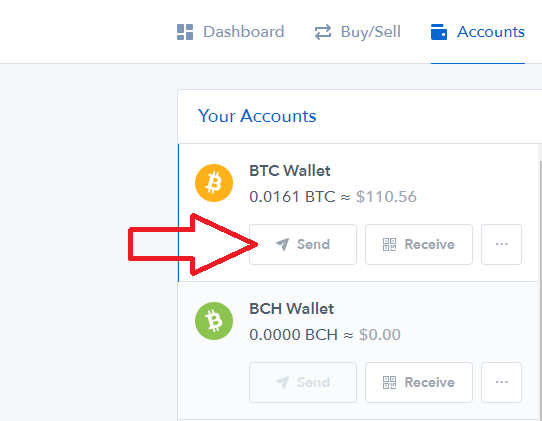
Paste your Binance wallet address in the recipient box. Enter the amount of Bitcoin in dollars that you would like to send, then click continue.
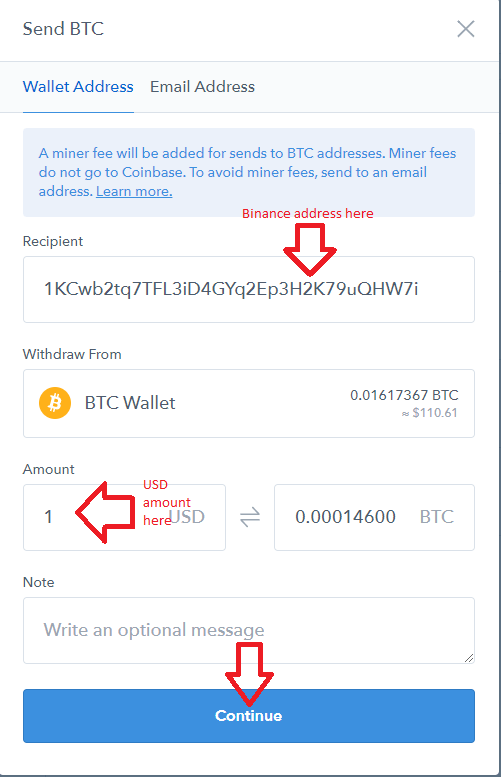
You will then be prompted to confirm your transaction. You will also be shown the miner fee for your transaction. This fee varies, and does not go to Coinbase, but instead to the miners who verify blocks on Bitcoin’s blockchain. If you have 2-factor authentication enabled, you will also be asked to enter your 6-digit verification code.

After you send your Bitcoin, it may take some time to arrive. Don’t panic immediately if your Bitcoin has left Coinbase but not arrived at Binance. Depending on the Bitcoin network and websites themselves, transfers may take some time to process.
Step 2: Buy OmiseGO
After your Bitcoin transfers to Binance, then you can purchase your OmiseGO.
Back on the Balances tab, scroll down to OmiseGO and click Trade. In the dropdown menu, select VEN/BTC.

In the middle of the screen, select the Market tab. In this tutorial, we will be buying OmiseGO with a market order. There are other types of orders, but market orders are the easiest to use.
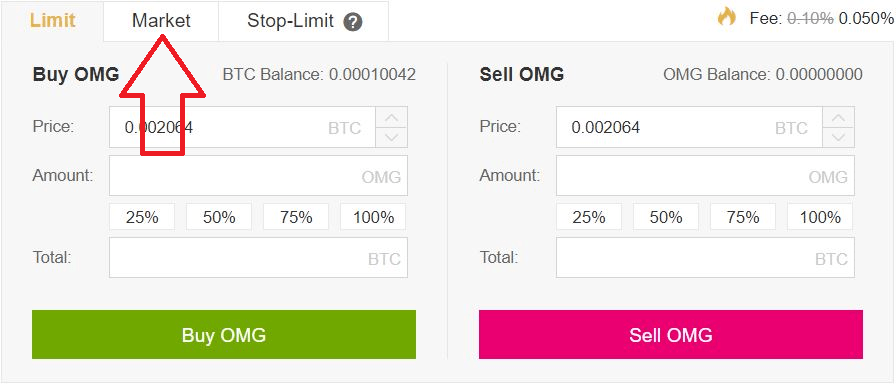
Enter the amount of OmiseGO you would like to buy. The price you pay per OmiseGO will be shown at the top right in dollars and in Bitcoin. After entering the amount you would like to buy, click Buy VEN. Binance will take a .1% fee from your transaction.
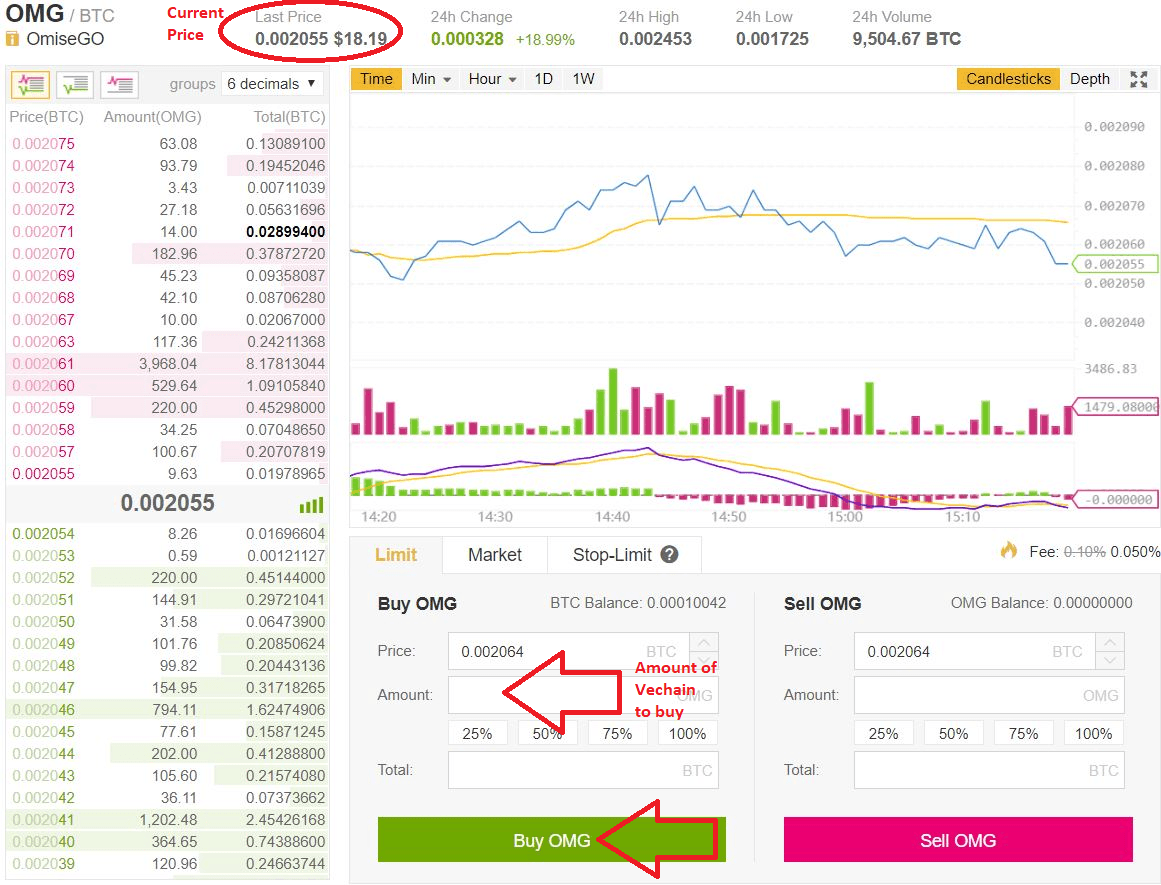
After buying, you should be able to view your OmiseGO in the balances tab.
Step 3: Safely Store Your OmiseGO!
Once you buy, your OmiseGO is stored on the exchange wallet. Although your OmiseGO has been received, it is not totally secure. Every wallet has a private key, or a sequence of numbers or letters. Each private key is unique to one wallet, and allows access to the contents of that wallet.
If you have OmiseGO on an exchange wallet, they will control the private keys. This leaves your tokens more vulnerable to manipulation by others. If the exchange is hacked, the hackers will use your private keys to access your OmiseGO.
Additionally, if an untrustworthy exchange pulls an exit scam, they could walk away with your tokens. While these events may seem unlikely, they have occurred before multiple times.
The best way to store cryptocurrencies is usually a hardware wallet, as they combine security and accessibility. Some cryptocurrencies are unable to be stored in hardware wallets, but OmiseGO is hardware wallet compatible.

OmiseGO is an ERC20 token, a type of token based on the Ethereum blockchain. All ERC20 tokens can be stored on hardware wallets, but in order to do so, you must configure your hardware wallet with an ERC20 software wallet. One of the most popular ERC20 software wallets is MyEtherWallet (MEW).
For more information on cryptocurrency wallets, you can check out our guide.
Introduction to OmiseGO
OmiseGO is a subsidiary of Omise, an online payment gateway service provider based in Asia. OmiseGO aims to offer an eWallet service that will run on the OmiseGO decentralized exhange.
This eWallet will allow shoppers, merchants, payment service providers (PSP’s), and businesses to connect to OmiseGO’s decentralized exchange (DEX) to buy, sell, and trade cryptocurrencies and other digital assets.
The OmiseGO network consists of a few main components, including the OmiseGO White-label Wallet Software Development Kit (SDK), the decentralized exchange, and the OmiseGO (OMG) tokens.
The OmiseGO wallet is white label wallet, which means that OmiseGO will provide the base software for developers to build applications on. The SDK will provide developers with the framework and tools they need to design their own eWallets for their customers.
OmiseGO’s decentralized exchange is run on a Proof-of-Stake blockchain through which digital assets can be traded. All transactions are managed on the DEX blockchain and validated by OMG stakers. The exchange will also provide interoperability for Ethereum tokens and any Bitcoin blockchain to facilitate cross-chain transfers.
The following video explains more about decentralized exchanges in general.
OMG tokens are ERC-20 tokens that validate transactions on the DEX blockchain. By staking tokens, users validate transactions and are rewarded with transaction fees. Users are incentized not to improperly validate transactions, as untruthful validation of transactions will result in the staked coins being burned.
Should you Buy OmiseGO?
By reading this guide, you’ve learned the steps to purchasing OmiseGO and safely storing it. These steps include buying Bitcoin, sending it to an exchange, trading for OmiseGO, then safely storing your OmiseGO tokens in a wallet.
However, before you buy, you should do your research to make sure you are buying a good asset.
Some of the important things to know before buying include what the coin does, the team behind it, and any significant partnerships.
The following sections will provide the information you need to decide whether OmiseGO is a coin you’d like to purchase.
The Team
The OmiseGO team is led by CEO Jun Hasegawa. Hasegawa has more than 16 years of experience in web design and marketing. He was also the director of Alpha-do Inc for 16 years.
Donnie Harsinut is the COO and cofounder. He was the International Trading Manager at Alpha-do Inc for more than 13 years.
OmiseGO’s product designer is Wendell Davis, one of the founding team members of Ethereum. He previously created Hive, one of the first accessible Bitcoin wallets.

Besides these 3, the OmiseGO team includes more than 20 other members, including software engineers, business developers, graphic designers, and others.
OmiseGO also boasts an impressive board of advisors. Vitalik Buterin is the founder of the largest altcoin, Ethereum, and he is a principal advisor to the project.
Another critical advisor is Joseph Poon, the founder of Lightning Network, a software implementation designed to drastically increase the speed of Bitcoin transactions.
OmiseGO has more than a dozen other prominent advisors.
Plasma
One of the biggest problems that plagues major cryptocurrencies is transaction scaling. Bitcoin is capable of just 7 transactions per second, while Ethereum can do around 15 tps.
These numbers pale in comparison to traditional payment processors. Visa can handle more than 24,000 tps. Big cryptocurrencies have a long way to go before their networks are capable of competing with current systems.
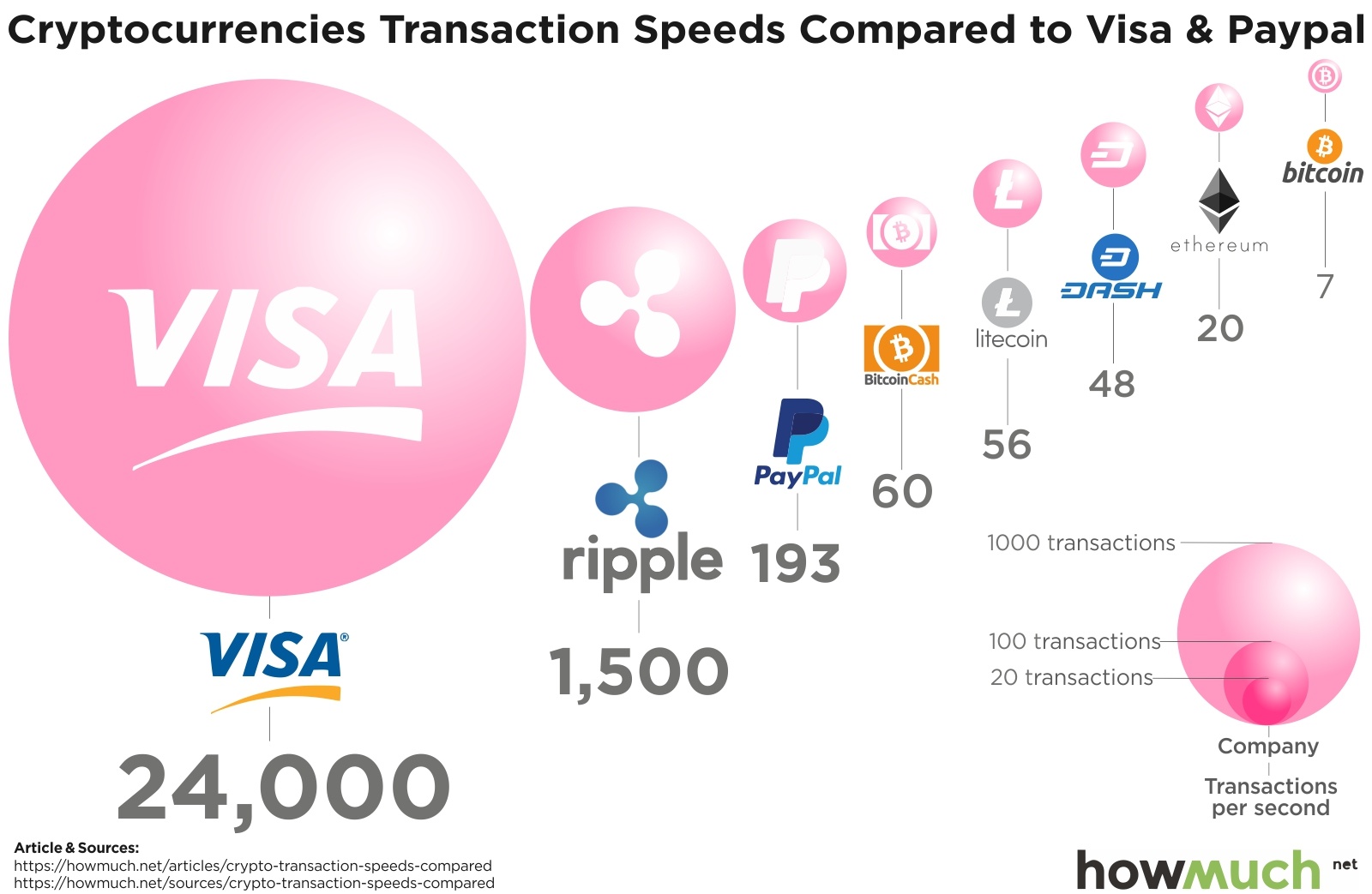
However, many cryptocurrencies are working on their own solutions. Bitcoin is developing Lightning Network to increase their tps. Ethereum has a different solution, known as Plasma.
This scaling solution is also being developed by Joseph Poon, along with Vitalik Buterin. But what does this have to do with OmiseGO?
OmiseGO will be the first token to implement Plasma. Plasma is a complex scaling solution that involves the use of a child chain to store data in order to prevent slowdowns on the original chain.
Plasma will allow for at least 100,000 transactions per second, and OmiseGO will be the first to implement this technology.
Use Cases
One of the biggest use cases of OmiseGO will be allowing those without access to traditional banking to use eWallets.
In South Asia, where Omise is based, less than half the population has access to a bank account. In other countries this percentage is even lower.
While these people lack banks, they have access to mobile wallets. The problem is, there are too many wallet services, and different vendors use different services. Transferring from one wallet to another can be expensive and slow.
OmiseGo is the ideal solution. This one eWallet will allow users to transfer money and pay for services quickly and efficiently. For more information about this, check out section 2 of Hackernoon’s OmiseGO guide.
Partnerships
Omise has a number of impressive partnerships.
Credit Saison partnered with Omise in order to facilitate tuiton payments through credit cards. Credit Saison is the 3rd largest credit card issuer in Japan, with more than 20 million card holders.

Back in September of 2017, Omise partnered with McDonald’s Thailand. Omise will be the exclusive payment gateway for the McDonald’s Thailand website and mobile app.
There are currently more than 200 McDonald’s in Thailand, and that number is planned to increase to 400 by 2020. More importantly than the adoption though, is the brand recognition that McDonald’s provides for Omise.

OmiseGO has even partnered with the government of Thailand. OmiseGO is set to develop a digital identity verification and online payment system.
Omise has dozens of other partners who will move to use OmiseGO once their payment system is active.
Conclusion
OmiseGO aims to be the payment gateway and eWallet of choice. With hundreds of millions of people worldwide lacking access to traditional banks, eWallets have major real world usage.
With its parent company Omise scoring many considerable partnerships, once OmiseGO’s decentralized exchange comes online, they will have abundant users for their platform.
Additionally, once OmiseGO implements Plasma, they will have the speed required to outpeform current payment processors and become a viable alternative.
If OmiseGO successfully implements Plasma and launches their decentralized exchange, they have the potential to become a major payment gateway system.
NOTE: We are not financial advisors and none of this information should be taken as investment advice. We take no responsibility for any losses incurred through cryptocurrency trading.
